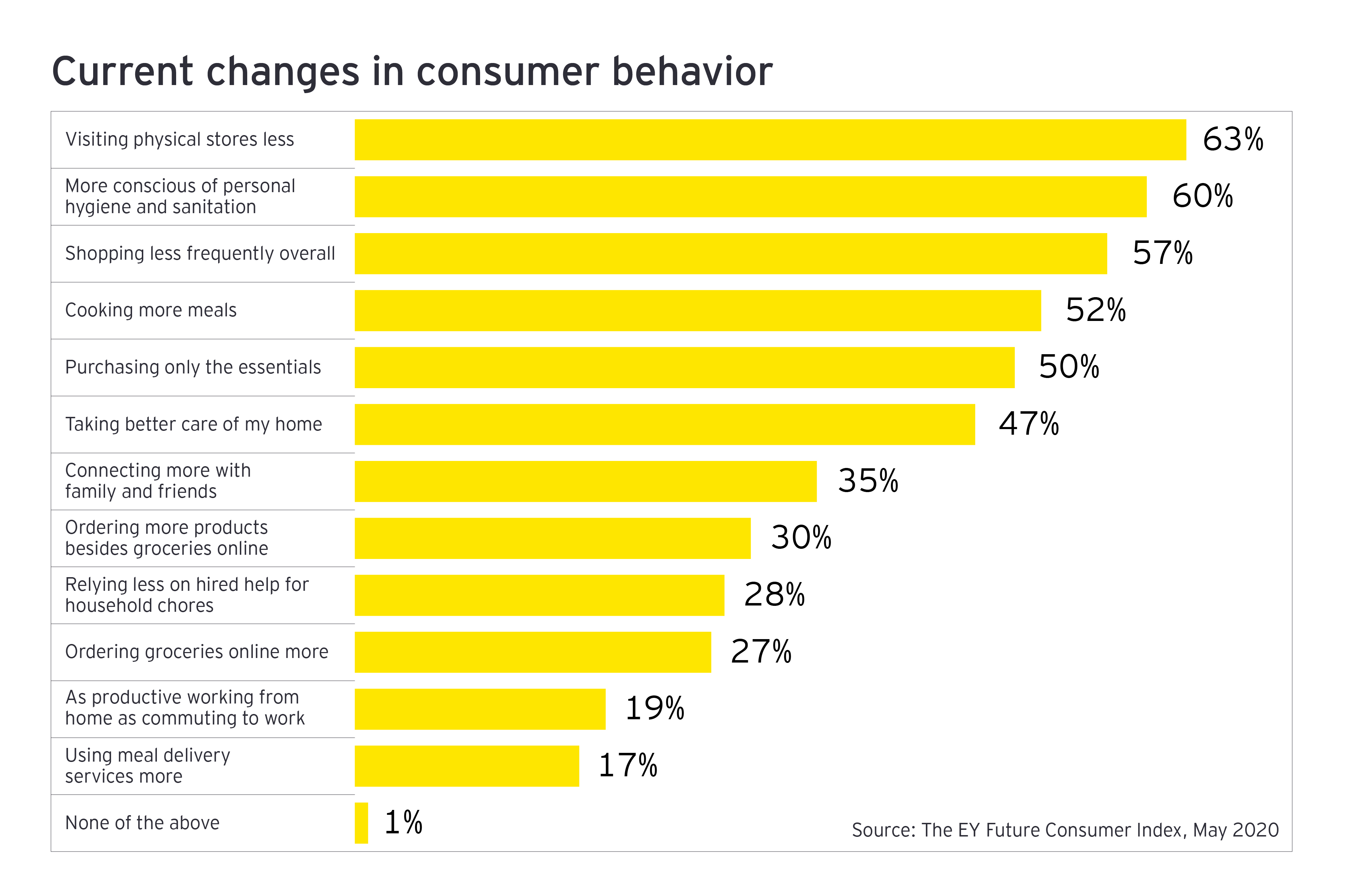COVID-19 is first and foremost a humanitarian tragedy, and is impacting people on a deeply human level. For many people, it has changed priorities around what’s important, while others face ongoing financial uncertainty. Consumers are changing how and when they shop, with many using multiple, digital channels on a greater scale or for the first time. Many of these behaviors will stick. When the world reboots, we’ll have a new operating system.
Brands and organizations must keep a finger on the pulse of these new needs, putting humans at the center of their response, while embracing technology at speed and innovation at scale.
Adapting operations
Within just a couple of months, we’ve seen global lockdowns push customers to adopt digital channels at a faster pace than might otherwise have been anticipated. Pizza Hut took the first e-commerce order in 1984. Despite 36 years of explosive digital growth, e-commerce penetration of the grocery market in January 2020 was just 5.8%. In March 2020, this had risen to 7.4% and by April to 10.2% - almost doubling the market size in just a few months. Many companies have been unprepared for this rapid shift,¹ and even those with established digital channels have been challenged to take sales and service delivery entirely online.
With most companies reliant on a strong physical presence, they must work out how to deliver sales and services across a wider range of channels – face-to-face, outsourced, automated and self-service.



